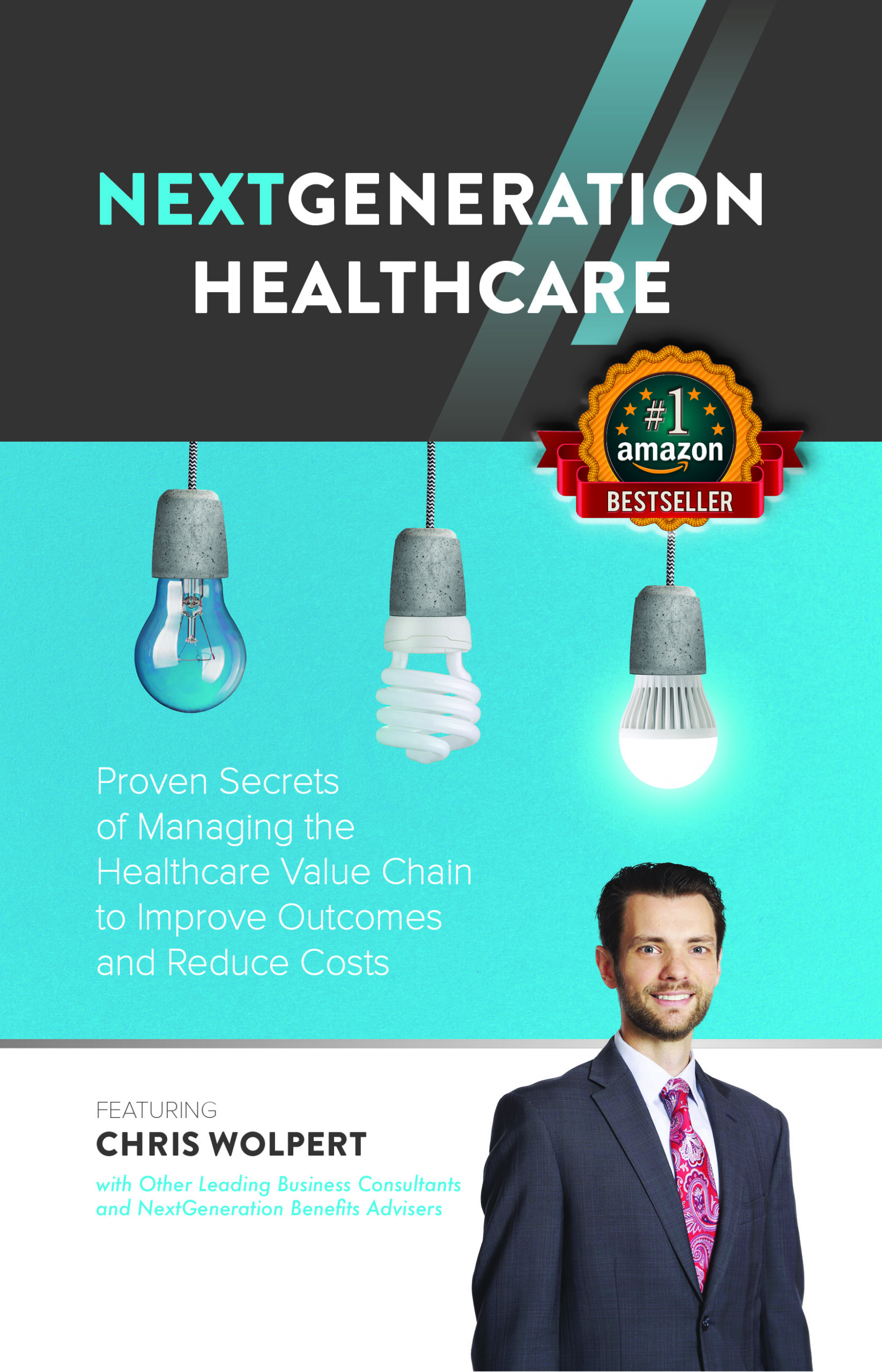New federal guidance announced Oct. 16, 2025, could make it easier for companies to add or expand fertility support for workers without having to fold it into their major medical plans.
The guidance, a new set of FAQs issued by the Departments of Labor, Health and Human Services and Treasury, spells out how infertility benefits like in vitro fertilization and hormone therapy can qualify as “excepted benefits,” a category of coverage that’s not subject to Affordable Care Act mandates. The guidance was in response to an executive order issued by President Trump in February 2025.
Under the ACA, most employer health plans must follow strict coverage and reporting rules. But certain benefits — such as dental, vision, FSAs, HRAs, EAPs and hospital indemnity plans — are “excepted,” meaning they’re exempt from the ACA’s mandates on preventive care, annual dollar limits and other requirements.
Three options
Under the new guidance, employers have three ways to structure fertility benefit coverage:
1. Separate, insured fertility policy — Employers can now buy a fully insured policy that covers infertility care as its own benefit. To qualify as an excepted benefit, the policy must:
- Be issued under a separate insurance contract.
- Not coordinate with the company’s main health plan.
- Pay benefits regardless of what the health plan covers.
This lets employers extend fertility coverage to all workers, even those not enrolled in the medical plan. Self-funded programs don’t qualify under this option.
2. Excepted benefit HRA — An employer could reimburse out-of-pocket fertility expenses through an “excepted benefit” HRA if it meets federal limits. To qualify, the HRA:
- Must be offered alongside a traditional group health plan.
- Can reimburse up to $2,200 in 2026 (indexed annually).
- Can’t reimburse insurance premiums.
- Must be offered on the same terms to similarly situated employees.
It’s a smaller-scale solution but can help offset costs for staff pursuing fertility treatment.
3. Employee assistance program — Employers can use an EAP to offer coaching or navigator services that help workers understand their fertility options or find providers. The EAP cannot provide “significant” medical care or be tied to the main health plan, and participation must be free and voluntary.
This option doesn’t pay for treatment but adds support for staff exploring fertility services.
Examples of fertility benefits
Depending on the setup and insurer, fertility coverage may include:
- Diagnostic testing and consultations
- Fertility drugs and hormone therapy
- Procedures such as in vitro fertilization or intrauterine insemination
- Egg, sperm or embryo storage
- Donor services or gestational carrier expenses
- Coaching, navigation or second-opinion services
Employers that already cover fertility care under their medical plans can continue to do so, but the new guidance gives more flexibility for those wanting to offer coverage to a broader workforce.
Takeaway
The new FAQs are informal guidance that expands on existing rules rather than creating new legal avenues for fertility coverage.
The agencies also stated they intend to propose regulations that could add more ways to offer infertility benefits as limited excepted benefits and may revisit standards for supplemental coverage.
If you offer or plan to offer fertility benefits, be alert for upcoming rulemaking and review designs with counsel to keep your offerings ACA-exempt and compliant.

